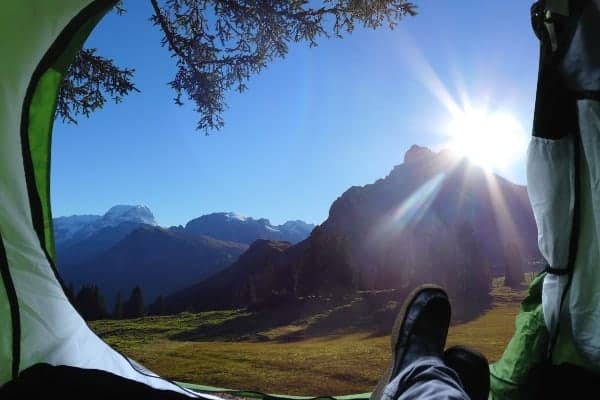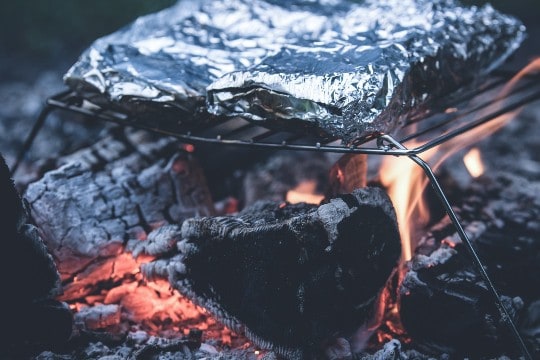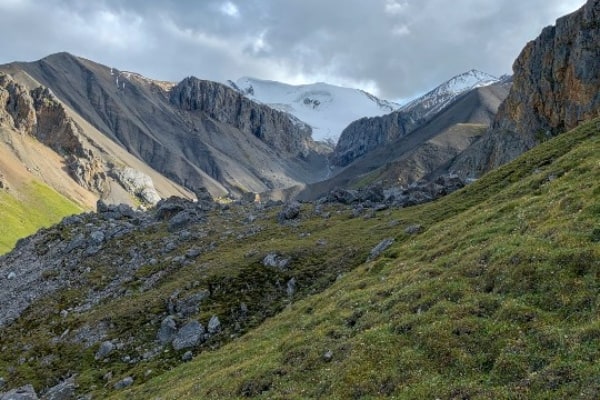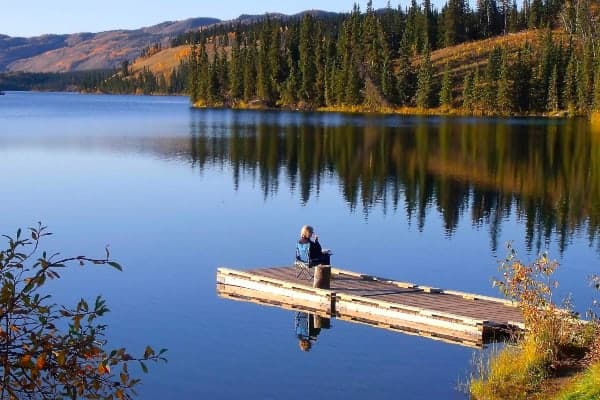The following doomsday scenario was discussed recently, around an early evening campfire at Takhini Hot Springs campground, in a marshmallow conversation with three grandchildren (boy, boy, girl) now aged seven to 11, all of whom are new readers with varied literary interests. It began with an innocent question from #2, probably derived from a Superman comic book:
“Grandpa, if a giant asteroid was on target to collide with Earth and everyone knew the exact day and time of the explosion to blow up the planet, where would you want to go camping for the last night?”
Mars, perhaps? Maybe the moon. Uranus? Pluto? Alpha Centauri would be fine …
“No. Really, somewhere on Earth, in the Yukon. Where is your favourite campsite where you would like to spend the last night before the big smashup?”
Well, definitely somewhere waaaay above the treeline, like the top of Mount Logan, because the surface of our beloved old “Blue Marble” is 71 per cent water, and the size of the super-tsunami made by a giant asteroid, splashing in any ocean, would be massive, like a mile-high wall of water. That’s basically what wiped out the dinosaurs, which were a lot tougher than we are.
“Where did that one hit the Earth?”
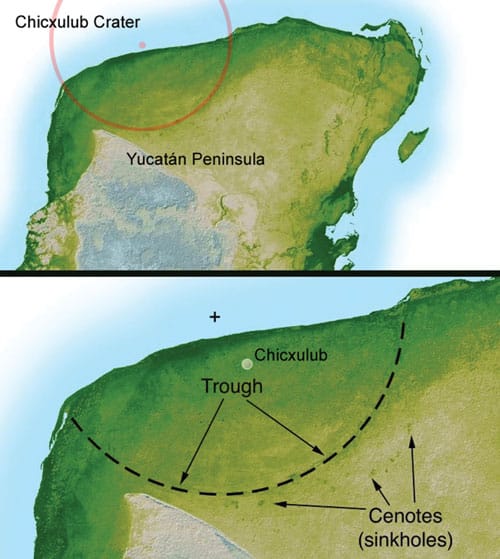
There are several theories, but the best scientific guess is the Yucatan Peninsula in the Gulf of Mexico. It hit half land and half water and left a crater called Chicxulub. The Tsunami killed everything below 5,000 feet, and the giant dust cloud blotted out the sun for a decade or two, killing the rest of the dinosaurs and 75 per cent of all living things. The only dinos which survived lived underwater, like sharks and gators and many birds that just flew away and found remote places to survive such as Tasmania and Antarctica. Did you know most birds are descended from dinosaurs like pterodactyls?
That tsunami is one reason you kids live on the high and dry side of the biggest mountain range in North America, which I call the St. Elias Breakwater …
“WHY do we live here?”
You’re all little Yukoners today because your paternal grandfather is scared silly of tsunamis.
“What else are you afraid of?”
Volcanoes. Hurricanes. Typhoons. Monsoons. Lightning, but not thunder. I actually like thunder.
“Didn’t you live on Hawaii for a while?”
A short while, yes. One winter, terrified the whole time. Great rainbows though.
“What else scares you?”
Avalanches. Being buried alive. Lawyers. Heights. Drunks with guns. Wars. Snakes. I was in Hawaii when the first-ever snake came to the Honolulu Zoo. The whole island lined up to look at it because they had never seen a snake before. That’s when I left. Anyplace that has snakes, tsunamis, typhoons, monsoons, volcanoes and is surrounded by deadly salt water doesn’t need me. In my opinion, anyone who lives anywhere close to an ocean or a large lake is off their rocker and not thinking straight. There are water people and mountain people. We are among the latter.
“So where would you want to go camping in the mountains of the Yukon, the night before the giant asteroid collides with Earth?”
Well, I would say up the Dempster, my favourite part of the Yukon, except the high Arctic is flatter than a Mancini pizza, and nothing up there is going to stop an asteroidal tsunami. It would be like “Last Gringo on a Pingoe”—so the Dempster is out. My second choice would be somewhere up on the Top of the World highway, on the Canadian side of the border, way above the treeline in the alpine tundra with one-hundred-mile views in all directions. What a spot to watch the end of the world! The Yukon River would probably backup with high water, maybe even reversing the direction of the flow, but it would never climb up into the high tundra. We’d be safe from the flooding up there, but the ferry back to Dawson would be gone like a rubber ducky in Miles Canyon. Dawson would be gone too. That town is more flood-prone than Atlantis.
“So what would make us go the way of the dinosaurs, then?”
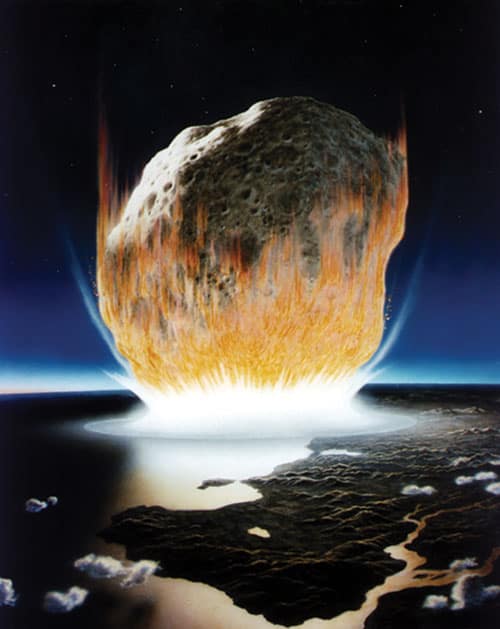
Most of the dinos died slowly from starvation when the sun disappeared and plants couldn’t grow. Humans might actually survive the next asteroid by living like gophers in well-stocked Cold War underground bunkers for a couple-hundred years, but the dinos didn’t have a chance outside.
“Grandpa, is that ever really going to happen?”
Yep, because it’s a statistical certainty to happen again, or several more times, within the expected lifespan of our sun, which is five billion more years. There have already been five major extinctions on Earth, but don’t lose any sleep over it. The last one, the dinos, was sixty-five million years ago.
I took your dad camping up on the Top of the World when he was your age. Maybe I should take you three up to pick out a camping spot while we still can. I can’t imagine a better place to watch Armageddon by Asteroid … to answer your original question.
“Maybe we would be close enough to see Superman punch out the asteroid, knock it off course and save the world.”
Maybe … but seeing a dancing neon moose, with sparkling antlers, blowing bubbles in a pink tutu is more likely.
“Are there any marshmallows left before the world ends?”
Next time: Grandpa’s Finale to the RV Hotspots series, camping on the shore of the Arctic Ocean, a new Canadian summer adventure.

